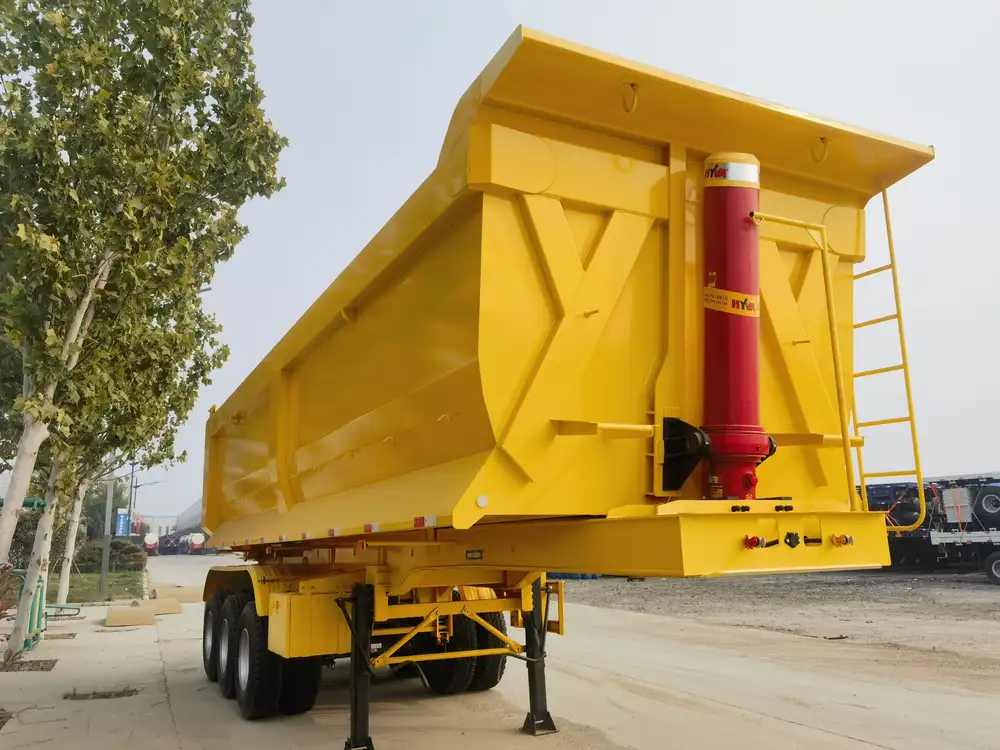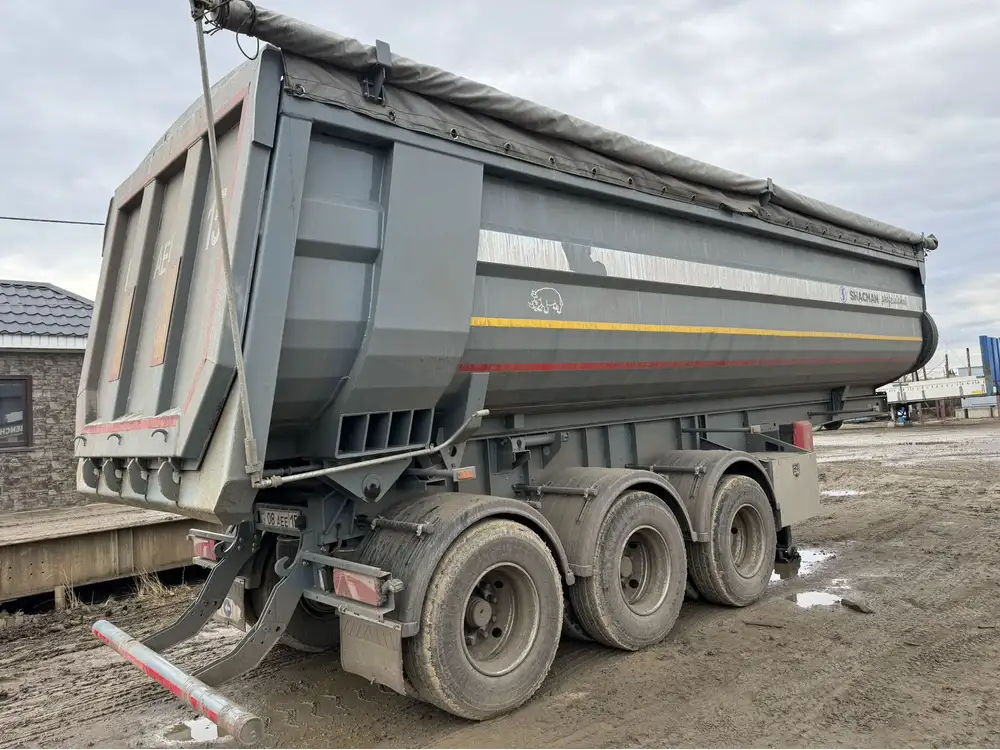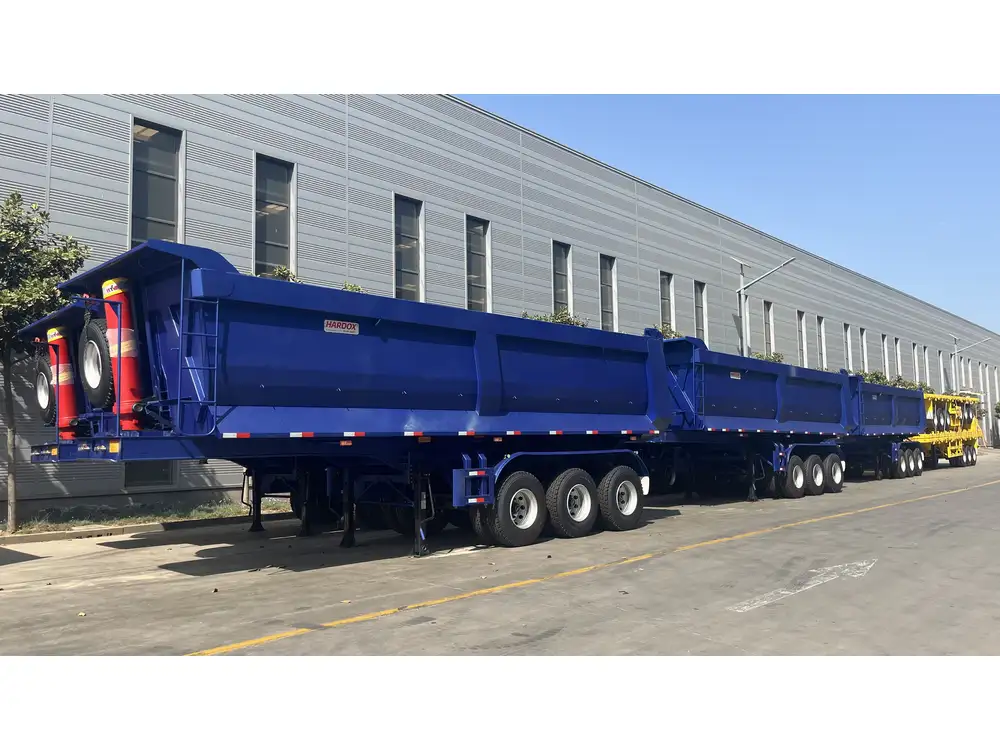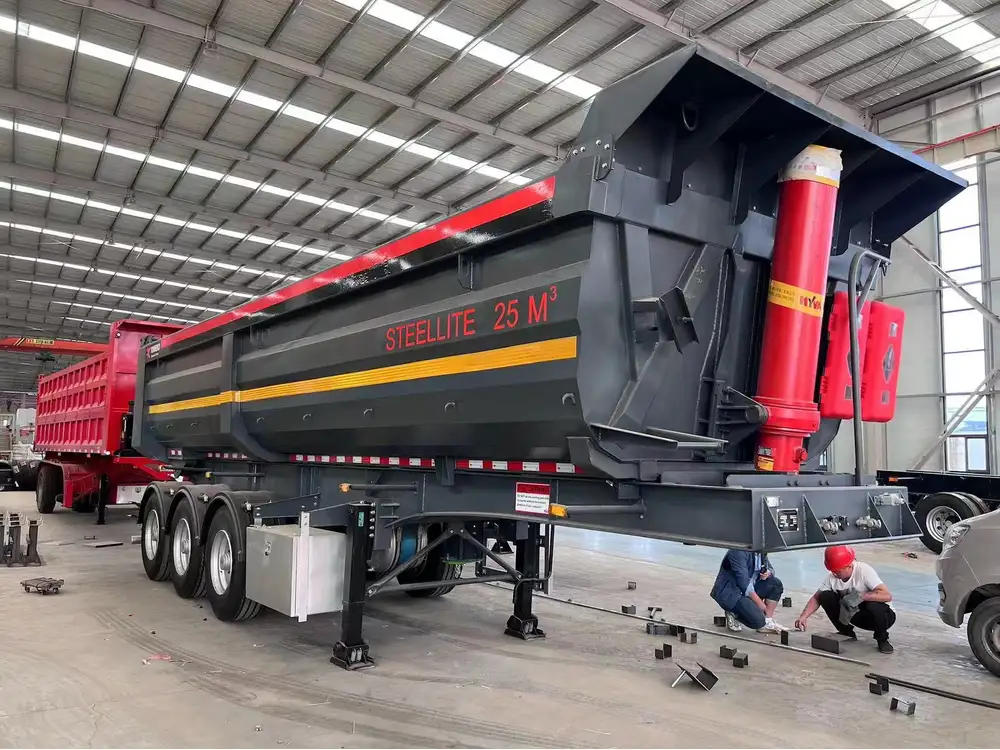When navigating the complex landscape of logistics and transportation, understanding the container chassis height from ground can significantly influence operational efficiency, safety, and compliance with local regulations. In Niger, as with many regions worldwide, adopting the right container chassis is crucial for businesses dealing with heavy cargo transportation. This article delves into the specifics of container chassis height, providing insights into selecting the right product and examining market offerings by manufacturers like CarMax Vehicle.
Understanding Container Chassis
A container chassis serves as the foundation for transporting shipping containers. It is designed to provide a robust framework for the container, ensuring stability and security during transit. The height of the chassis from the ground acts as a critical factor that influences loading and unloading efficiency, compatibility with various transport vehicles, and ease of access.
Key Features of Container Chassis
| Feature | Description |
|---|---|
| Material | Typically constructed from high-strength steel for durability and longevity |
| Load Capacity | Varies based on design; ranges from 20 to 40 tons depending on the model |
| Weight | The chassis weight itself impacts payload capacity; lighter models offer more flexibility |
| Compatibility | Designed to accommodate standard ISO containers (20ft, 40ft) |
| Height from Ground | Essential for determining suitability for loading/unloading mechanisms |

Importance of Chassis Height
Operational Efficiency
One of the primary concerns regarding the height of a container chassis is its impact on operational efficiency. The height from the ground influences how easily a container can be loaded onto the chassis. Higher chassis can facilitate loading from above, while lower ones allow for easier manual handling and lower loading docks. Therefore, understanding the ideal chassis height for specific operations in Niger is essential for reducing time and improving workflow.
Safety and Compliance
Moreover, safety considerations cannot be overlooked. An improper height can lead to potential accidents during loading or unloading, particularly when heavy machinery or cranes are involved. In Niger, adhering to safety regulations set by local authorities becomes imperative for any business engaged in logistics. This means selecting a chassis that not only meets operational needs but also complies with relevant safety standards.

Factors Influencing Container Chassis Height
Local Transport Infrastructure
The transportation infrastructure in Niger, characterized by a mix of modern and less developed routes, plays a essential role in determining the appropriate chassis height. For instance, businesses operating in urban areas may need lower chassis to facilitate easier access to loading docks, while those in rural regions might favor higher chassis that can navigate rough terrain more effectively.
Type of Cargo
Different types of cargo require different handling methods. For example, fragile goods may necessitate lower chassis to mitigate the risk of damage during loading and unloading. Conversely, heavy machinery may warrant a higher chassis to achieve a more efficient approach angle for cranes or other lifting equipment. Understanding the nature of the cargo being transported is crucial for making informed decisions about container chassis selection.

Vehicle Compatibility
Compatibility with transport vehicles is another key factor when considering chassis height. If the chassis will be used in tandem with different trucks or trailers, it’s vital to ensure that the heights match up to allow for seamless transitions. This compatibility is crucial for avoiding operational bottlenecks and enhancing fleet utilization.
Container Chassis Height Standards
In the global logistics landscape, certain height standards have emerged for container chassis. Generally, the ground clearance of typical container chassis ranges from 1.2m to 1.5m (approximately 4 to 5 feet). However, various designs may offer different specifications tailored to specific regional needs or operational requirements.
Height Chart Overview
| Chassis Type | Ground Height (m) | Typical Use Cases |
|---|---|---|
| Standard 20ft | 1.2 – 1.3 | Regular cargo transport |
| Standard 40ft | 1.3 – 1.5 | Heavy cargo, industrial applications |
| Low-Profile | 0.95 – 1.1 | Containers requiring lower clearance |
| High-Clearance | 1.5 – 1.8 | Rough terrains, off-road transportation |

Making the Right Choice: Buying Container Chassis in Niger
When it comes to purchasing container chassis, particularly concerning height from ground specifications, a buyer must account for a multitude of factors. Here are our expert recommendations:
Research Reputable Manufacturers
Start by evaluating established manufacturers like CarMax Vehicle, known for their robust designs and commitment to quality. By opting for units built by reputable brands, businesses can benefit from better durability and support.
Specify Your Needs
Clearly define your operational requirements, including:
- Height Preferences: Consider the types of cargo and the loading infrastructure available to you.
- Weight Limitations: Understand the total load including the chassis itself and the maximum weight you can transport.
- Application Type: Are you primarily conducting short hauls or long-distance transport? This can determine design preferences and durability requirements.

Consider After-Sales Support
Choose a manufacturer that offers comprehensive after-sales service, including maintenance support and spare parts availability, which ensures long-term usability and performance.
Pricing and Availability in Niger
The cost of container chassis in Niger may vary based on specifications, quality, and local market conditions. On average, a standard chassis may range from $3,500 to $7,500, but prices can differ significantly.
Key Pricing Factors
| Pricing Factor | Impact on Cost |
|---|---|
| Material Quality | High-strength steel vs. average materials |
| Height and Design | Customized models often cost more |
| Manufacturing Origin | Domestic vs. international shipping impact prices |
| Market Demand | Seasonal fluctuations causing price variations |

Frequently Asked Questions
1. What is the ideal height for a container chassis in Niger?
The ideal height largely depends on operational needs, cargo type, and local infrastructure. Generally, a height ranging from 1.2m to 1.5m is recommended for standard operations.
2. How does the chassis height affect loading docks?
The chassis height directly influences loading compatibility with docks. Lower chassis allow easier access for manual loading, while higher ones may be better suited for lifting equipment.
3. Are there regulations regarding chassis height in Niger?
Yes, local transport regulations may specify maximum allowable heights for vehicle configurations, making it important to ensure compliance when selecting chassis.
4. How do I ensure the chassis I choose meets my needs?
Conduct thorough research on the types of cargo you handle and consult with experts from manufacturers like CarMax Vehicle to find a chassis tailored to your requirements.
Selecting the right container chassis height from ground for sale in Niger involves careful analysis and understanding of both your operational demands and the inherent traits of different chassis designs. With the right approach and informed decisions, businesses can enhance their logistics capabilities and streamline transport operations successfully.













Reviews
There are no reviews yet.